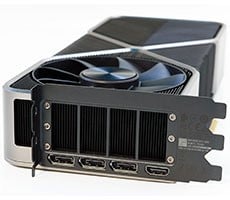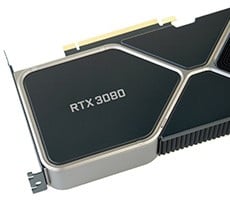
We have one final data point we'd like to cover before bringing this article to a close. From the perspective of performance-per-watt, we felt it was important to give you an idea of how much power each of the system configurations we tested consumed while at idle and running under load.
 |
| Power Characteristics |
| Processors and Platforms | |
Please keep in mind that we were testing total system power consumption here at the outlet, not just the power being drawn by the processors alone. In this test, we're showing you a ramp-up of power from idle on the desktop to full CPU load. We tested with a combination of Cinebench R10 and SANDRA XII running on the CPU.

The best performance-per-watt metric also belongs to the new Yorkfield core Core 2 Extreme QX9XX series of processors. Our 2.4GHz Phenom system actually consumed more power than either our QX9650 or QX9770-based systems, whether at idle or under loaded conditions. We spoke of how "process kills" in the opening section of this article. A 65nm-built processor, even with half the number of transistors (820M in the Yorkfield core versus ~450M in Phenom) can't compete with one built on a 45nm process. Again, think about this. AMD's Phenom consumes more power at a clock speed that is running 800MHz slower, with half the number of transistors on chip. Game over.
In addition, to be honest, we're a little suspect of the power reading we took on the QX9770. Intel informed us that we should expect the new processor, with its 3.2GHz core speed and 1600MHz FSB, would of course consume significantly more power but we didn't expect it to be as dramatic as we're showing here. We're looking into whether or not our X38 chipset-based motherboard was enabling Intel SpeedStep or C1E correctly. We're going to look at this test setup a bit closer in the coming weeks and will update this section as appropriate.

![]()







